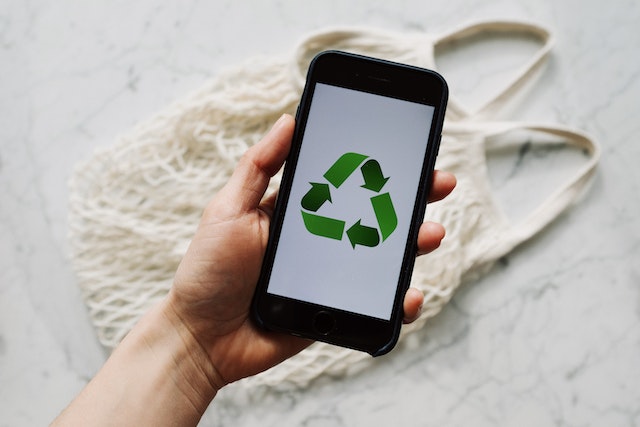Recycling metals conserves natural resources, reduces energy consumption and emissions, and cuts consumer costs. It also helps mitigate supply risk for raw materials. It’s important to note that metal recycling rates only tell part of the story as they only reflect how well specific production residues are physically closed.
Environmental Protection
Protecting the environment is one of the main goals of a metal recycling facility Sussex County, NJ. Keeping the environment clean helps reduce pollution rates and prevents land degradation. Additionally, recycling scrap metal lowers the demand for natural resources such as ore. It also requires less energy to process the material than mining it does. A single ton of recycled steel can save 2,500 pounds of ore, 1,400 pounds of coal, and 120 pounds of limestone. That’s a lot of savings that can be used for other economic purposes. It also conserves landfill space which is becoming increasingly overcrowded.
Economical
Reusing metals in manufacturing saves energy in production and reduces the demand for natural resources. Using recycled metal also reduces the amount of waste in landfills. Moreover, recycling metals saves natural resources and energy costs, preserves land space, prevents the pollution of the environment, and creates employment opportunities for people in the manufacturing sector. It also helps to boost economies as it reduces the cost of raw materials. It can even save the government money usually used to fund mining activities. In other words, the government can save a lot by reusing metals instead of creating new ones. These savings can be channeled to other development programs that benefit a country’s economy.
Job Creation
Metal recycling facilities provide jobs for local communities and create a strong economy. The industry also conserves natural resources, helping to prevent overcrowding of landfills. According to the Environmental Protection Agency, recycling a single aluminum can conserves enough energy to power a 60-watt light bulb for four hours. Similarly, recycling non-ferrous metals such as copper, brass, and zinc saves more energy than manufacturing them from virgin materials. It takes up to 94, 75, and 72 percent less energy to recycle these materials than mine from raw materials. Manufacturers that incorporate recycled metal into their products also enjoy cost advantages. This reduces their reliance on raw materials with exorbitant extraction costs, thus reducing their production expenses and boosting competitiveness. This can help cushion volatile metal prices.
Local Economy
The purchasing, processing, and brokering of recycled metals create high-paying jobs in the United States. This helps bring money back into the economy through wages and taxes, supporting local businesses and communities. Metal recycling also conserves natural resources, reducing the need for mining operations and the associated energy consumption. This makes the process much more economical for the world and its people than producing new metal from virgin ore. The result is that a higher supply of recycled metal can reduce prices for manufacturers, making the products they produce more affordable to consumers worldwide. This can significantly impact the cost of construction, transportation, and food, among other essential items in our daily lives. The same holds for other recyclable materials.
Energy Efficiency
Metal recycling saves energy because it avoids the need to mine new metal. One ton of recycled aluminum requires 95 percent less energy than producing it from raw materials. In addition, recycling helps to cushion volatile metal prices. It also reduces the environmental impact of supply chains and decreases greenhouse gas emissions. It is a vital way to preserve the world’s natural resources. Recycling can reduce the need for natural resources such as iron ore, coal, limestone, and other raw materials. The challenge is to ensure that the products and their raw materials are resource-efficient. This calls for innovative processes and new business models. This will especially apply to emerging products such as traction batteries for electric vehicles. For example, they contain a complex mix of base and special metals (e.g., copper, nickel, and tin), but also toxic substances like mercury, beryllium, lead, and organic materials.




